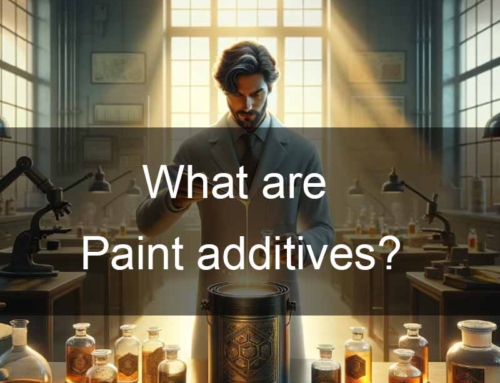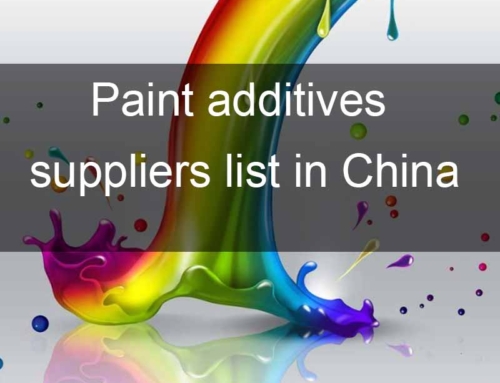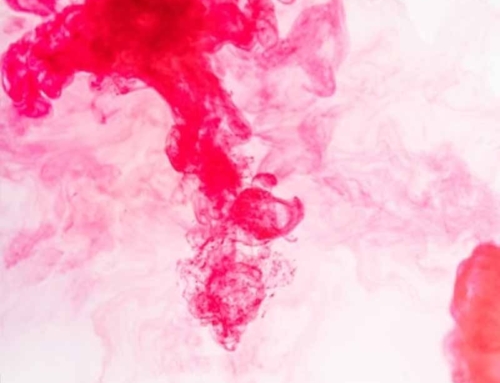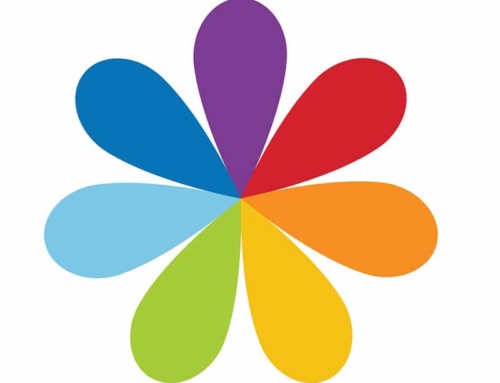- What is pigment?
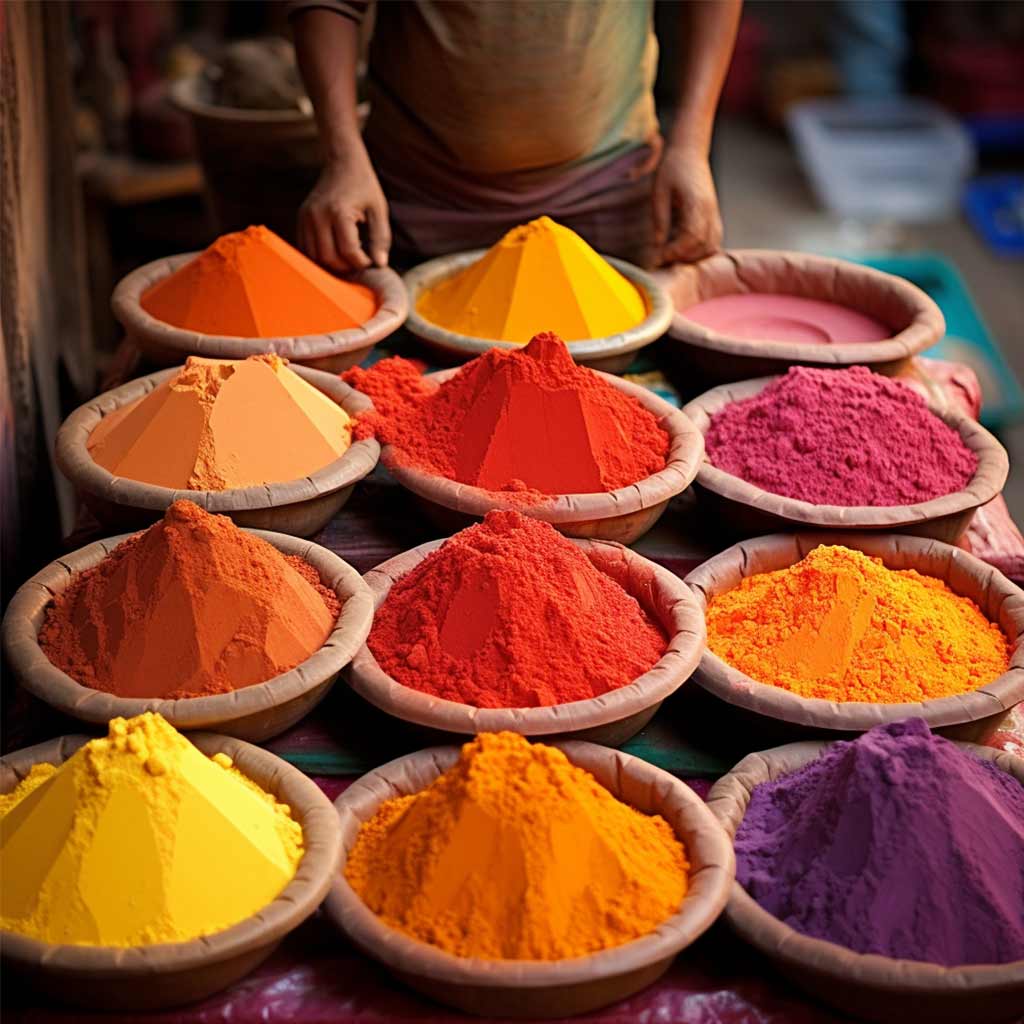
Pigments are finely ground, colored, solid particles that are used to impart color to various materials, including paints, inks, plastics, and coatings. Unlike dyes, which are soluble and create color by being absorbed into a material, pigments are insoluble in the medium in which they are used. Instead of dissolving, pigments are suspended in the medium, creating a uniform color.
Key characteristics of pigments include:
-
Insolubility: Pigments do not dissolve in the medium. They remain as solid particles within the material, giving it color.
-
Opacity: Pigments can be either opaque or translucent. Opaque pigments block light and create a solid, non-transparent color. Translucent pigments allow some light to pass through, creating a more subtle, see-through effect.
-
Color Variety: Pigments come in a wide range of colors. They can be natural or synthetic and are often categorized based on their chemical composition and color properties.
-
Lightfastness: Quality pigments are resistant to fading or changing color when exposed to light, ensuring the longevity of the colored material.
-
Applications: Pigments are used in various industries, such as painting, printing, cosmetics, and plastics, to provide color and visual appeal to products.
In summary, pigments are solid, finely ground particles that provide color to different materials by being suspended in a medium without dissolving. They play a crucial role in the visual and aesthetic aspects of numerous products and artworks.
2. Type of pigments
Organic pigments are composed of carbon compounds. Historically, they were derived from animal and plant sources before being synthetically produced. Examples of synthetic organic pigments include alizarin, azo-pigments (spanning yellow, orange, and red colors), phthalocyanine (producing blue and green shades), and quinacridone (a lightfast red-violet pigment). These pigments offer a vibrant color range and are widely used in paints and coatings.
Inorganic pigments are metal compounds, such as oxides. They are comparatively fewer in number than organic pigments. Natural inorganic pigments like umbers, ochres, and siennas are excavated from the ground. Similarly named pigments are also produced synthetically. Examples of synthetic inorganic pigments include cadmium yellow/orange/red, cobalt blue, and titanium white. These pigments are known for their stability and durability.
3. What is dye?
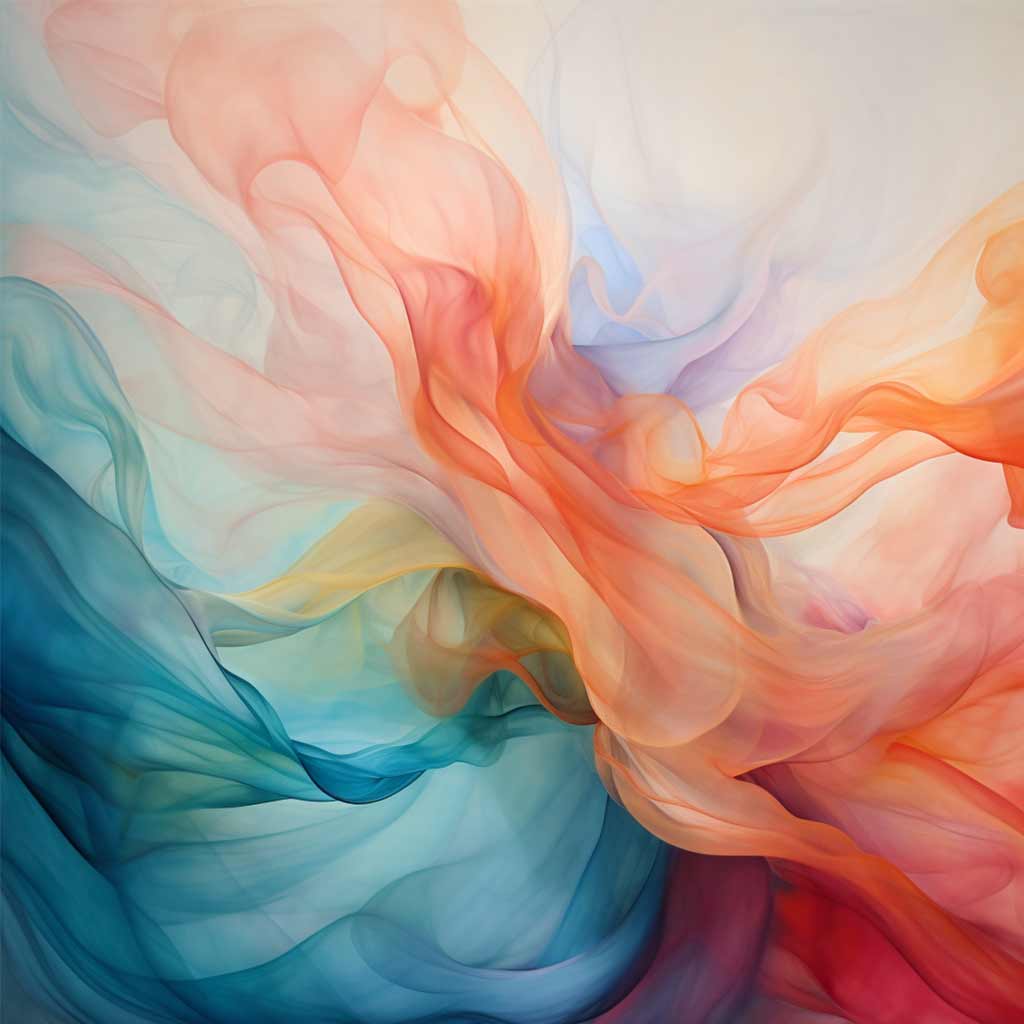
Dye is a chemical substance that is soluble in liquids and is used to color objects. Unlike pigments, dyes can penetrate materials and bond with them, rather than just forming a surface layer. Dyes are commonly used to color textiles, paper, leather, food, cosmetics, and other items to achieve the desired color. Dyes can be made from natural or synthetic compounds and come in a variety of colors, serving diverse purposes. The choice of dye is typically based on the specific requirements of the application. For example, washable dyes are used for textiles, and dyes used in food coloring must meet food safety standards.
- Soluble: Dyes are soluble substances, meaning they dissolve in liquids to form a solution. They are typically used in liquid form.
- Translucent: Dyes are often translucent, meaning they allow light to pass through to some extent.
- Used in Fabrics and Liquids: Dyes are commonly used for coloring fabrics, textiles, paper, and other materials where the colorant needs to penetrate and become an integral part of the material.
In summary, dyes are not pigments; they are a different class of colorants. Dyes are soluble substances used to color materials through absorption, while pigments are insoluble particles that create color through reflection and absorption of light.
4.Dispersion Process of Pigments
The dispersion of pigments is a critical step in various industries, ensuring uniform color distribution and stability in the final product. Achieving an even dispersion enhances the quality and appearance of paints, inks, coatings, and other applications. Here’s an overview of the dispersion process:
pre-wetted
Mechanical agitation
shearing and grinding
stabilizers or dispersing agents
quality control
After achieving the desired dispersion, additional components such as thickeners, rheology modifiers, or further additives might be incorporated based on the specific application requirements. These components fine-tune the formulation for optimal performance.
In summary, the dispersion process of pigments involves pre-wetting, mixing, shearing, stabilizing, quality control, final adjustments steps. Each stage is crucial in ensuring a uniform and stable dispersion, leading to high-quality end products in various industrial applications.
Deco Chemical is a professional paint additives manufacturer, ranking among the top three in the paint additives industry in China. We are currently seeking importers or distributors in your country and are also open to customizing specialty paint additives for specific applications. Let’s collaborate to develop the market together.
